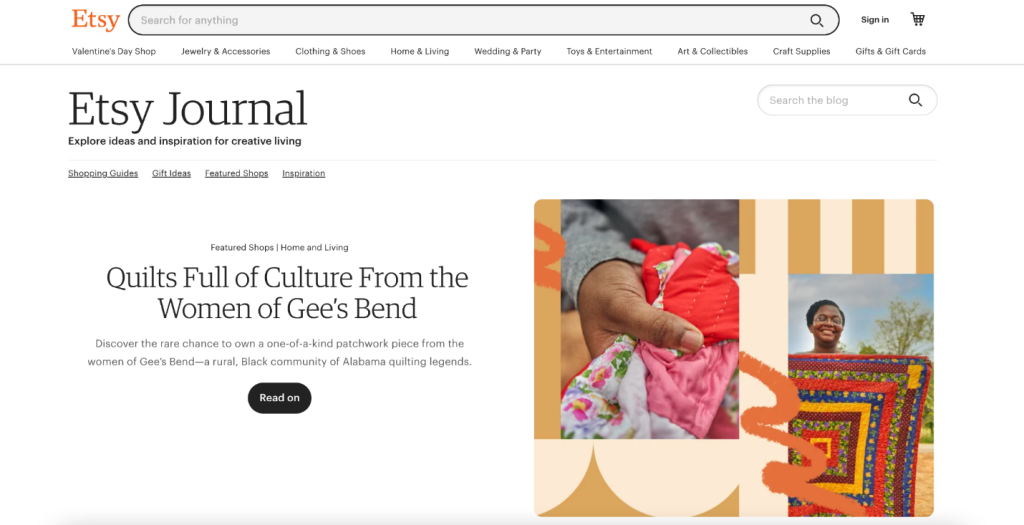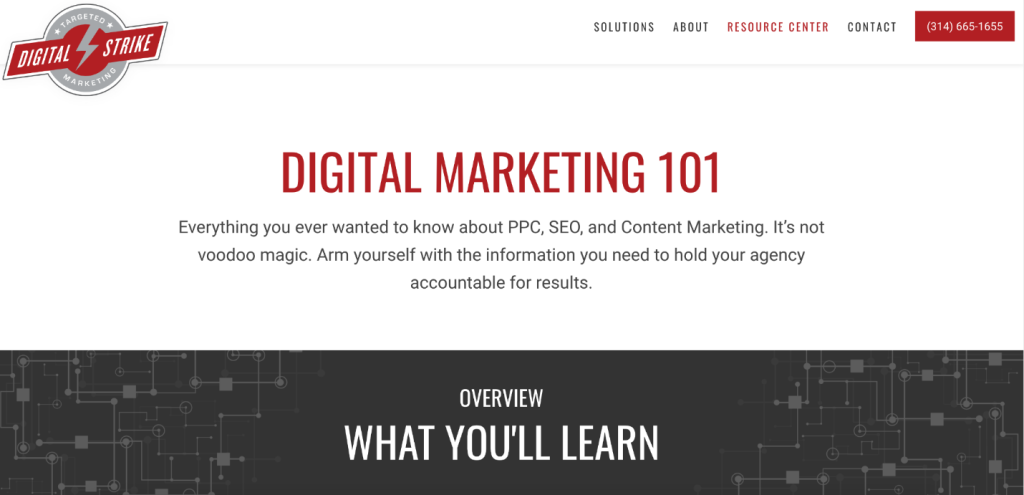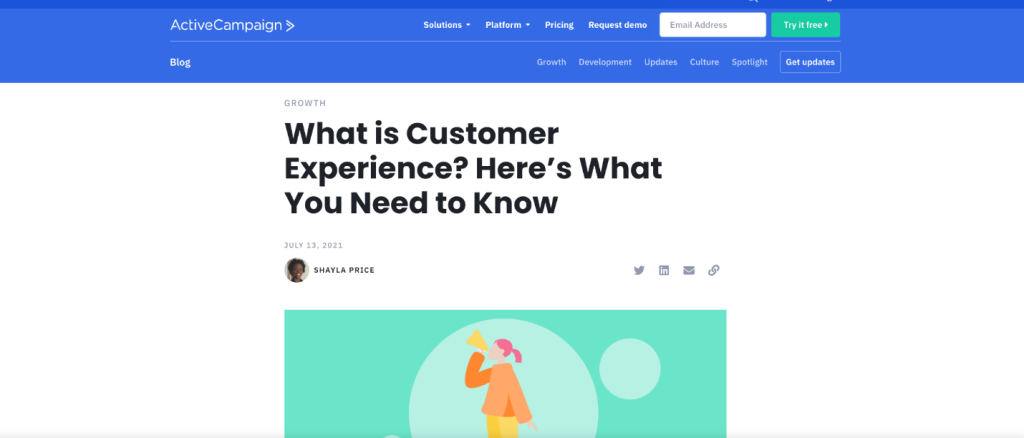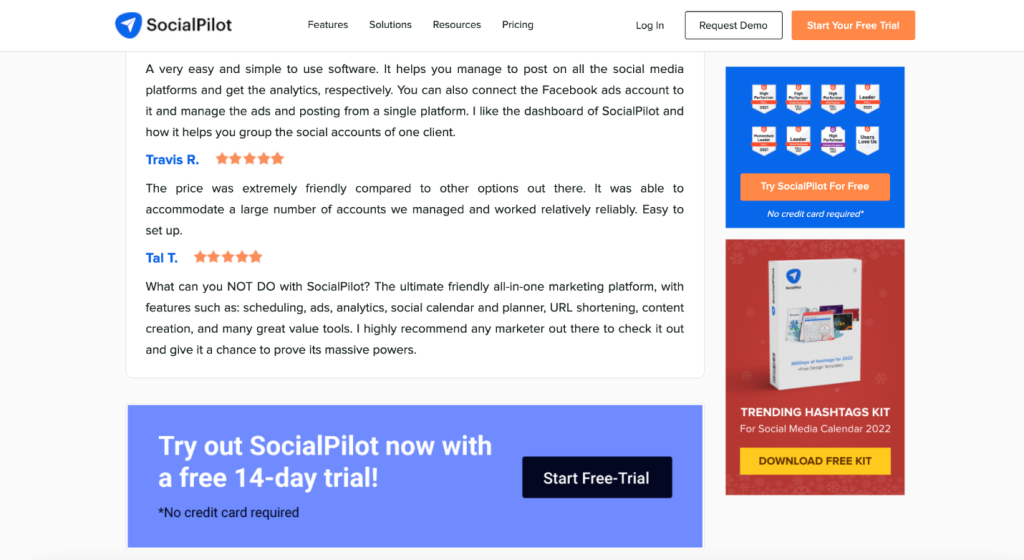 Photo by Glenn Carstens-Peters on Unsplash
Photo by Glenn Carstens-Peters on Unsplash
Content marketing involves generating useful, high-quality content, like videos and blog posts that will demonstrate your credibility as a company and help your customers.
Designing a strong content marketing strategy takes time, but there are some ways you can ensure it helps skyrocket your online business profitability while capturing the attention of your target audience.
Let’s take a look at five tips you can use to create a content marketing strategy that draws in prospective buyers and drives sales.
1. Come up with SEO-friendly ideas that will improve your visibility
Search engine optimization, or SEO, is essential for getting your website in front of the right people. It is the process of improving your Google rankings to attract more high-quality traffic and leads.
Content marketing is a great way to boost your SEO because it gives you more opportunities to attract your audience and target keywords that your ideal customers are already typing into Google.
For inspiration, let’s look at a company that consistently publishes SEO-friendly content to improve their organic visibility.
 Etsy, an online craft marketplace, publishes SEO-friendly content on a daily basis to increase its chances of ranking for relevant queries. Their blog posts are also optimized with keywords and formatted with appropriate headers. This means they’re incredibly easy to read, which benefits website visitors, and easy to crawl, which helps search engines to rank each piece appropriately.
Etsy, an online craft marketplace, publishes SEO-friendly content on a daily basis to increase its chances of ranking for relevant queries. Their blog posts are also optimized with keywords and formatted with appropriate headers. This means they’re incredibly easy to read, which benefits website visitors, and easy to crawl, which helps search engines to rank each piece appropriately.
Many of their pieces of content feature inspiring stories about merchants who sell through Etsy and highlight products that their customers may be interested in. So, their blog supports their digital marketing strategy by boosting the company’s online visibility as well as promoting the many products available on the website.
Consistently publishing high-quality content on your website will show both Google and your audience that you have a lot of knowledge to offer. Use your content to enhance your SEO efforts by using diverse keywords and phrases that match a user’s search intent, as well, to help the right people find your page and improve your sales numbers.
1. Provide value for free to convince customers to spend money
Sometimes, you have to offer something for free to make a sale. If you provide your audience with value for no cost, they’ll be more likely to trust you and make a purchase down the road.
Here are some ways you can create content that genuinely provides value for your target customers:
- With ultimate guides that provide all the information a reader might need about a topic
- By providing a calculator that solves a real problem for your ideal customers
- By filming and creating video tutorials that will truly help your audience solve a pain point
Another great way to offer value for free is with lead magnets, which are pieces of helpful content, like tools, templates, and e-books, that you can provide in exchange for your website visitors’ email addresses. This tactic will have the added benefit of helping you ramp up your email marketing so you can effectively nurture any promising leads.
Let’s study a company that does a great job of offering free educational content and resources to build trust with their audience before they pitch for a sale.
Digital Strike, a digital marketing agency, offers a great collection of free resources aimed at users new to the world of digital marketing. For instance, their “Digital Marketing 101” guide provides an ample amount of precious information their target audience is sure to appreciate. Notice how this content is geared towards educating visitors, rather than selling the company’s services.
 If someone reads and takes a lot of value from this piece, they’ll have a great first impression of the business and will be more likely to invest in their services as a result.
If someone reads and takes a lot of value from this piece, they’ll have a great first impression of the business and will be more likely to invest in their services as a result.
You can use the same approach to your content marketing by creating content based on what your customers want or need to know. This will keep visitors coming back to your site for more information and increase their likelihood of converting.
1. Earn customers’ trust by addressing their problems and questions
Customers want to purchase from companies who understand them. Using your content strategy to answer customer questions and address their pain points is a great way to showcase what you do, earn their trust, and show you can help them.
To identify the questions and pain points you need to address in your content, turn to your customer service team. They can inform you about the common queries and concerns they hear as they speak with customers day after day. You could also conduct some keyword research and get an idea of what your audience wants help with using social media polls.
To give you an idea of how to approach this type of content, let’s study some effective examples.
 Take a look at this guide from ActiveCampaign, an online marketing service provider. Their blog post on improving the customer experience does a great job of defining the term and explaining how the company’s target audience can address the struggles they might be having in this area. It’s a very helpful resource that will attract potential clients looking to provide their own customers with a more enjoyable shopping experience.
Take a look at this guide from ActiveCampaign, an online marketing service provider. Their blog post on improving the customer experience does a great job of defining the term and explaining how the company’s target audience can address the struggles they might be having in this area. It’s a very helpful resource that will attract potential clients looking to provide their own customers with a more enjoyable shopping experience.
It shows that the business truly understands its audience’s pain points, which will earn website visitors’ trust. These people will then be much more likely to invest in Active Campaign’s services.

Another excellent example comes from ScrapingBee, a company that prevents its clients from being blocked while scraping the web. And, they have published a fantastic guide to web scraping with Go.
This article does a great job of taking common questions people have about web scraping with Go, and then provides in-depth answers. They even break down highly technical questions in a way that new developers will be able to understand. The article also provides actionable advice for scraping with Go, so readers can begin implementing their knowledge and grow their skillset right away.
You can use the same approach with your content marketing by choosing topics that align with common customer pain points and questions. This will help build relationships with your customers and inspire them to purchase from your business.
1. Publish content that gives a better understanding of what you sell
Unlike with a brick-and-mortar store, when selling online, you have to work hard to help potential customers understand what you are selling. This is because they can’t hold your products in their hands.
There are many different types of content you can generate that will help people understand what you do, including:
- Product demonstration videos that show the value and applications of your products or services
- Buying guides to help customers understand the best solutions for their needs
- Comparison pieces that help people choose between the different options available
Let’s look at a company that produces lots of great content to give a better understanding of their products and services to potential customers before they make a purchase.
BeaconLive, an online event platform, uses its content to help visitors understand what they do and how their solution can help. For instance, the company has a range of case studies on their site that tell readers exactly what they sell and the benefits of their products for different industries.
![]() You can use the same strategy for your online content by building different pages to explain how your products or services help specific segments of your audience. This will give people a far better understanding of how you can help them, so they can make an informed decision about whether your services are truly right for them.
You can use the same strategy for your online content by building different pages to explain how your products or services help specific segments of your audience. This will give people a far better understanding of how you can help them, so they can make an informed decision about whether your services are truly right for them.
1. Add a call to action to each piece of content
If a customer isn’t sure how to move forward with your company once they’ve read a piece of content, they definitely won’t be making a purchase. This is why you need crystal clear calls to action. You probably already have some on your homepage, but don’t forget to incorporate calls to action (CTAs) into your content, too.
A CTA is an instruction that directs visitors to take the next step with your business. It can be a clickable button, a link, or a piece of copy at the end of your blog post. Every piece of content you publish should be accompanied by a call to action so visitors know how they can make a purchase or get more information about your services.
Let’s look at a company that effectively uses CTAs to encourage customers to engage with their brand and move them through the buying process.
SocialPilot, a social media tool provider, offers insightful content for their audience, and their article about the best Facebook Ad tools helps their website visitors to make the best decision to suit their needs.
They have also made sure to include a CTA that prompts readers to give their product a try within the section that outlines the benefits of their tool. This approach is effective because the CTA stands out from the rest of the content and encourages people to try their tool with a free trial.
 Notice how they also have a bright orange CTA up in the right-hand corner, making it impossible for customers to miss how to sign up to give the service a try.
Notice how they also have a bright orange CTA up in the right-hand corner, making it impossible for customers to miss how to sign up to give the service a try.
You can use the same strategy by adding CTAs to a prominent spot within your content. Just ensure you make it easy for customers to understand what they will obtain if they click by explaining what they can expect in the next steps and how you will help them get started.
Summary
Your content marketing strategy is an essential tool for making sales. Content acts as a magnet, drawing in new customers and building your credibility with existing ones.
Take the time to generate a variety of helpful content on topics that matter to your target audience. Before long, you’ll see a spike in sales as more and more of the right people find your website and convert.
Author bio & headshot:
Adam Steele is COO and co-founder of Loganix, which is an SEO fulfillment partner for digital marketing agencies and professionals. The company provides the SEO services that businesses need to grow and achieve their goals. If you enjoyed this article, you can find more SEO guides and templates on the Loganix blog.












